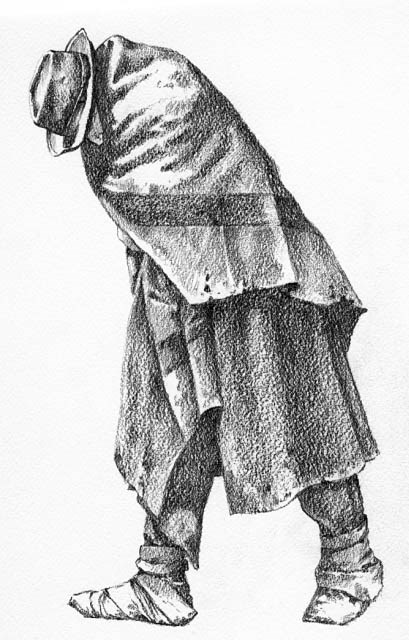|
In September of 1862, Robert E. Lee took his Army of Northern Virginia north of the Potomac River in the first invasion of the North. Lee wanted to draw United States forces out of the defenses of Washington D.C. where he could defeat them out in the open. Fear set in for the cities of Maryland and Pennsylvania as Northerners wondered where Lee’s target would be; and United States forces located in Baltimore’s fortress defenses prepared for possible siege. 
NPS/ANTI Use as a HospitalFor Fort McHenry, the sounds of the intense battle could be heard in the distance and soon its effects would be felt. Thousands of wounded soldiers began flooding into the city and occupying any shelter that could hold them. Fort McHenry before the Battle of Antietam had about 1,016 sick and disabled soldiers being treated on its grounds. The sudden influx of patients from western Maryland would begin to overwhelm the space. The strained space and resources prompted the government to create a hospital space at Point Lookout, MD which would eventually be converted into one of the largest prison facilities used by the United States during the war. The relief allowed the fort to slowly transition back into a primary use as a garrison and prison, by December 8, 1862 no more than 50 patients were indicated to be under treatment at Fort McHenry. 
NPS/Harpers Ferry Center Influx of Prisoners of WarFort McHenry’s limited capacity for prisoners meant that many of the captured Confederate soldiers were processed at the fort and then moved on to other prisons. An estimated 2,000 prisoners from theMaryland campaign came through the city of Baltimore following its conclusion. Private William Marshall described his experience as a POW held at Fort McHenry:
Marshall would eventually be sent to Fort Monroe, VA to be exchanged. Many citizens tried to provide resources to the captured Confederates to ease their stay within the grounds of Fort McHenry. So much so that in the fall of 1862, General Morris ordered that carriages drop resources off at the entrance to the fort grounds to then be distributed as traffic of well-intentioned citizens had overwhelmed the fort guards. |
Last updated: November 16, 2020
